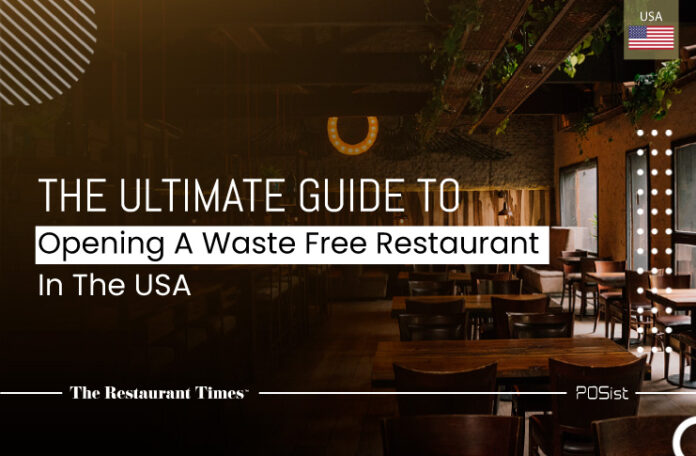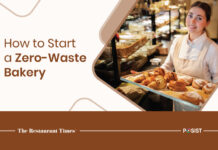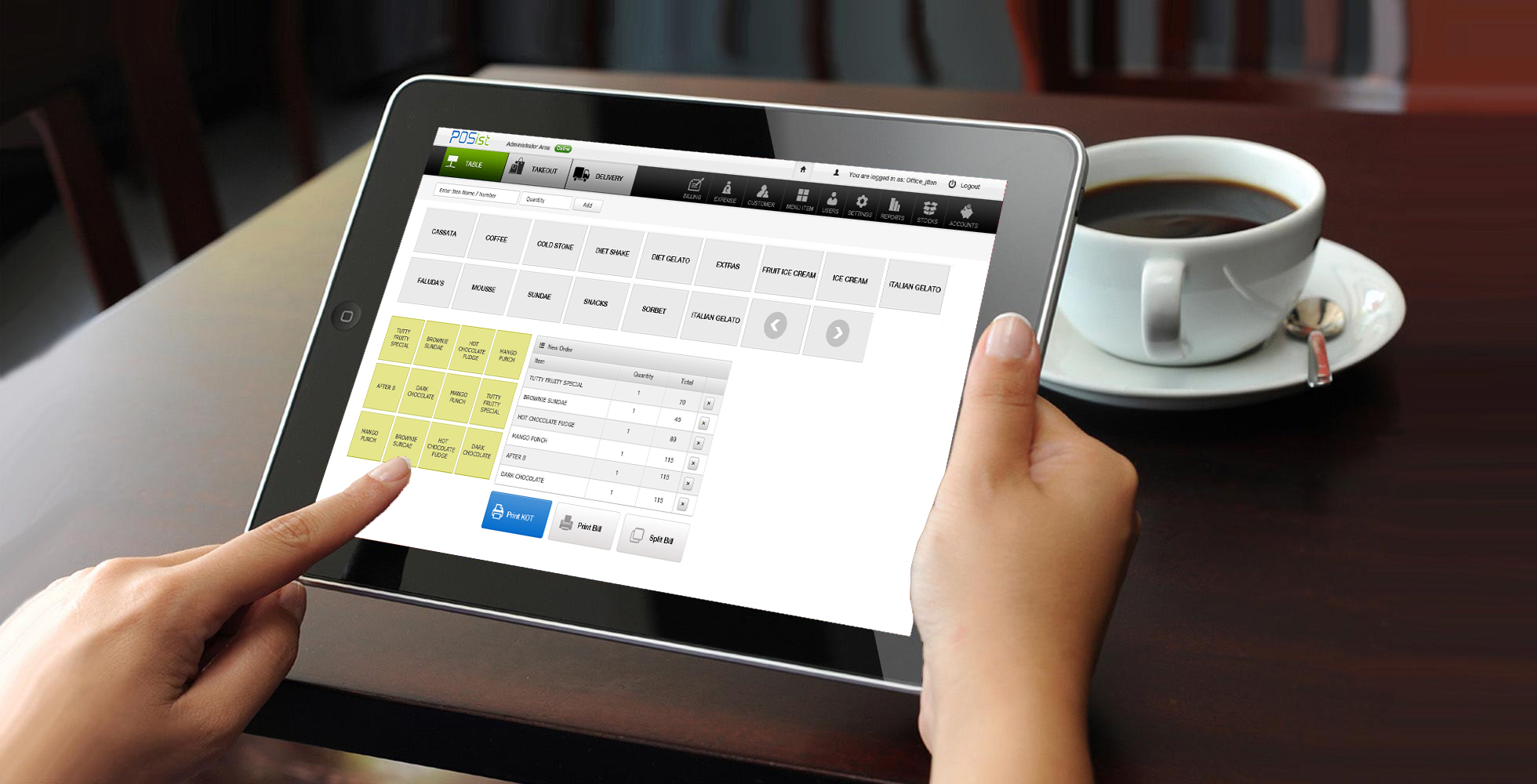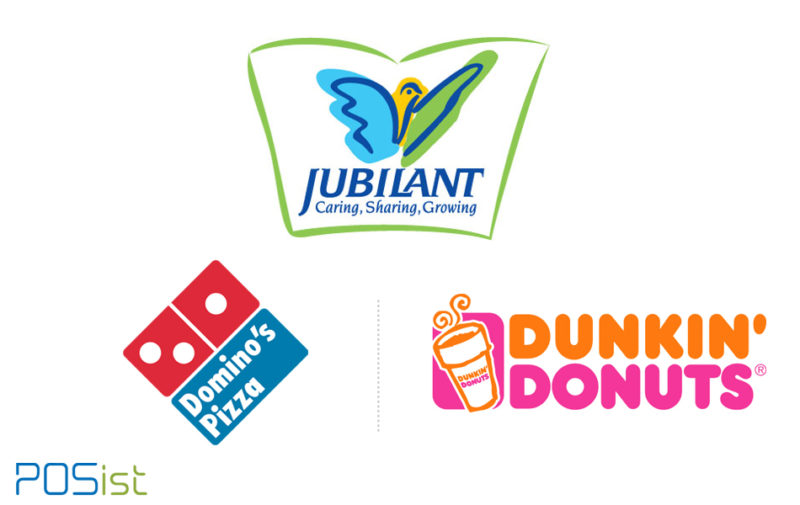Globally, food waste generates 4.4 Gt of CO2e annually, accounting for 8% of GHG emissions. This is one of the reasons why food waste has been gaining momentum over the past few years. In the US, food waste and related packaging account for almost 45% of the material that goes into landfills.
Around 1.4 billion tons of food is wasted across the globe every year, which represents nearly 1/3rd of global food consumption. Among all the countries, the US generates the highest volume of food waste at almost 40 million tons representing 30% of the country’s total food supply. This calamitous state of affairs emphasizes the dire need for an improved food management system.
To solve the pressing issue of food waste, one needs to delve deep to find the root of the problem. A study in the US shows that restaurants, grocery stores, and foodservice companies are the 2nd highest generator (40%) of food waste in the country. So, adequate food waste management measures in restaurants can do wonders for the overall food waste reduction goal.
Some of the US-based restaurateurs are going all-in in an attempt to eliminate the use of trash cans completely. There is a high probability that the concept of a waste-free restaurant can prove to be the next big thing in the US food & beverage sector. If you are to start a waste-free restaurant in the US, then this blog post can help you understand the steps involved in the process.
Step-by-step Guide For Starting A Waste-Free Restaurant In The US
Given the growing awareness and rising concerns among the people around food waste, it seems to be the perfect time to start a waste-free restaurant business. So, the step-by-step guidance is as follows:
1. Write a Business Plan
Craft a business plan based on your specific requirements while taking cognizance of the company’s objectives, business-related factors, and other general operations. It is wise to create a detailed business plan before treading into the business.
2. Choose Location
The selection of the location is a critical decision for an aspiring restaurateur. The property should be in a prime location to enjoy an adequate number of customer footfalls. An accessible parking space is a hygiene and one of the most important factors for a restaurant. Besides, ensure that the concept of your restaurant helps it stand out among the competition in the locality.
3. Get the Permits
You need to get several permits in place before starting the restaurant business. Some of the most common permits are:
(i) Employee Identification Number (EIN)
After you apply for EIN, you can then apply for the other permits and, at the same time, start hiring for the restaurant officially. You need to visit the IRS website and apply online for an EIN application.
(ii) Food Service License
For a restaurateur, serving food items forms a significant part of the core operations, and a food service license is a must. This permit certifies that the restaurant meets all the food safety regulations set by the state. You need to visit the US Food and Drug Administration (USFDA) and apply online for the food service license.
(iii) Liquor License
If you plan to serve liquor, you also need to get a liquor license from the state’s Alcoholic Beverage Control agency. Besides the sale of alcoholic beverages, it also regulates the type of alcohol sold and how long during the day.
There are a few other permits that you might have to acquire before starting a full-fledged restaurant:
- Certificate of Occupancy
- Food Handler’s Permit
- Music Permit
- Dumpster Placement Permit
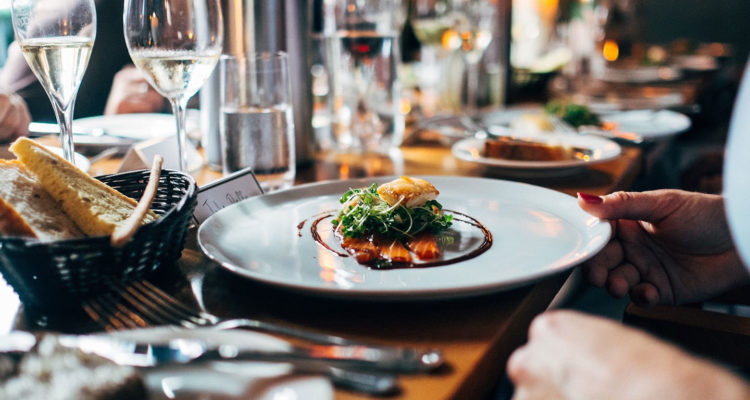
4. Set up Waste Free Operations
Given that the concept of your restaurant is to be waste-free, the following points can help you achieve the goal:
- Schedule regular food audits to identify the volume as well as the sources of food waste in the business. It can help design specific waste reduction programs.
- Either purchase perishable ingredients in small and manageable quantities or purchase dry and non-perishable ingredients in bulk.
- Find ways to use the unwanted parts of fruits and vegetables to reduce food waste. For instance, you can prepare skin crisps with potato peels.
- Purchase from credible local vendors to increase the shelf life of perishable food items.
- Avoid batch cooking as it often leads to overproduction of food.
- Educate the customers about the ill effects of food waste and encourage them to take the leftovers home.
- Serve takeaways in compostable food containers and packaging.
5. Promote the Restaurant
You can promote the restaurant on social media platforms by posting pictures of food items and behind-the-scenes practices, building inspiring stories about how the restaurant is sponsoring innovative ways to cut down on food waste. You can also create a website that provides key information about the restaurant and caters to customer queries about the waste-free food outlet operations.
6. Invest in Technology
It is wise to invest in a sound POS system as it helps you run the restaurant efficiently and profitably. Some of the major advantages of a POS system are:
- Allows customers to view and reserve tables using the online application, a feature that adds to customer delight
- Lets waiters accept orders at the table itself through the POS system, thus reducing wait time and chances of manual error
- Measure the performance of the staff by monitoring the number of items sold and tables served by them
- Generates accurate and updated analytical reports supported by easy-to-understand graphical & tabular representation
- Captures customer data from multiple sources that are used to create customized SMS, emails, and loyalty program to enhance customer engagement
With the growing issue of environmental waste and its deadly ramifications on earth, there couldn’t be a better time than today to start an eco-conscious restaurant in the US. Although it isn’t that easy to start a waste-free restaurant, a well-thought approach, as mentioned above, can help you achieve the goal successfully.


